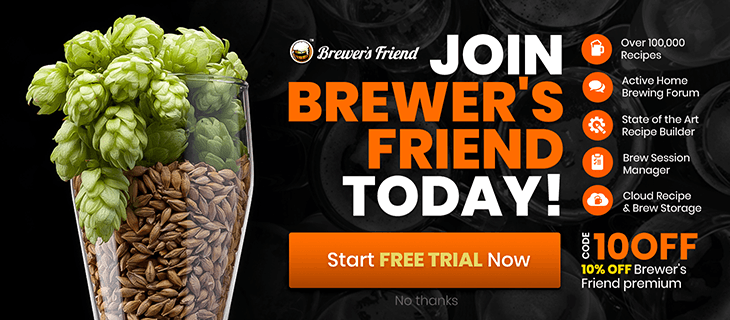- Joined
- Jun 14, 2023
- Messages
- 574
- Reaction score
- 377
- Points
- 63
Hello everyone.
I want to explore different flavors of hops, but I can't wait a lifetime to try them in different batches.
I was wondering if I did the following
to make a batch of blonde ale only with bitterness lets say 24
next to buy small amounts of various aromatic hops, and then put the beer in 10-15 different bottles and in each bottle pour a very small amount of different hop,
thoughts?
I want to explore different flavors of hops, but I can't wait a lifetime to try them in different batches.
I was wondering if I did the following
to make a batch of blonde ale only with bitterness lets say 24
next to buy small amounts of various aromatic hops, and then put the beer in 10-15 different bottles and in each bottle pour a very small amount of different hop,
thoughts?










